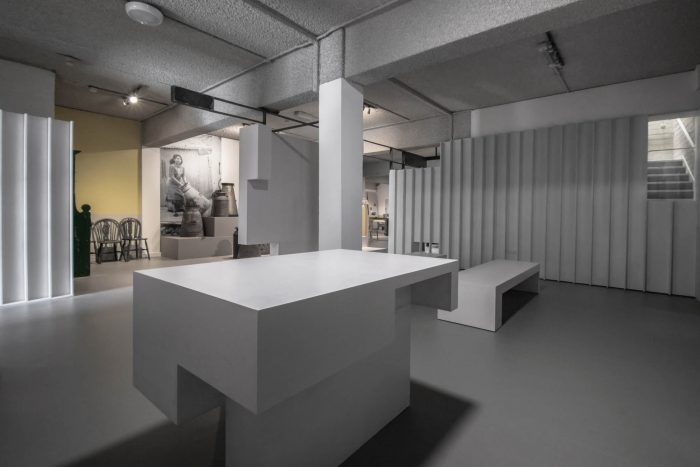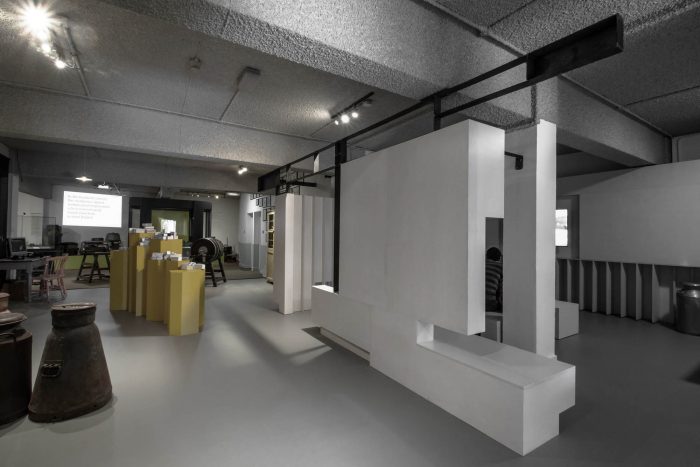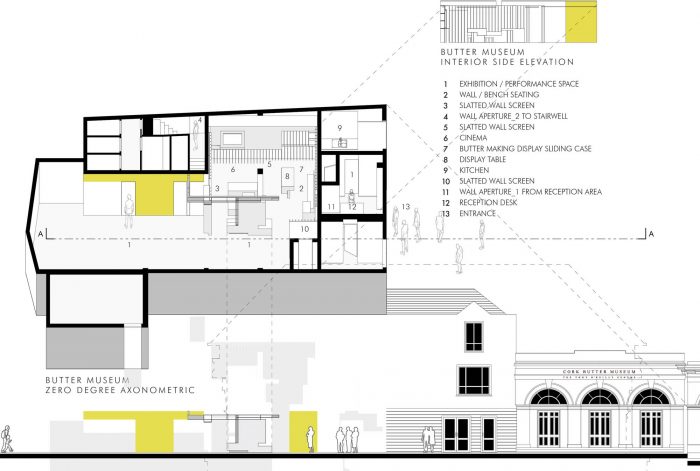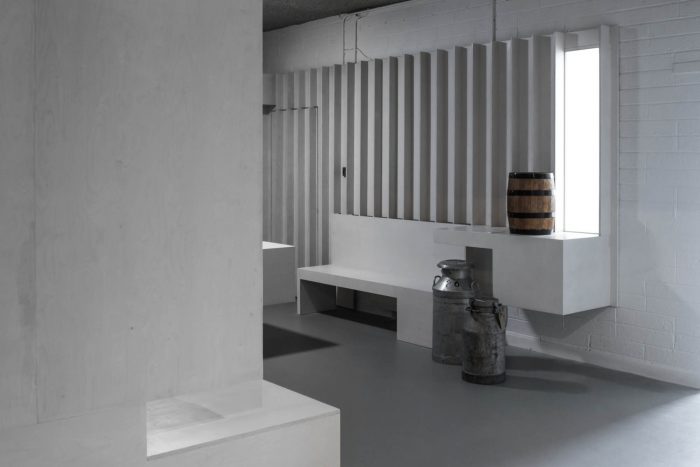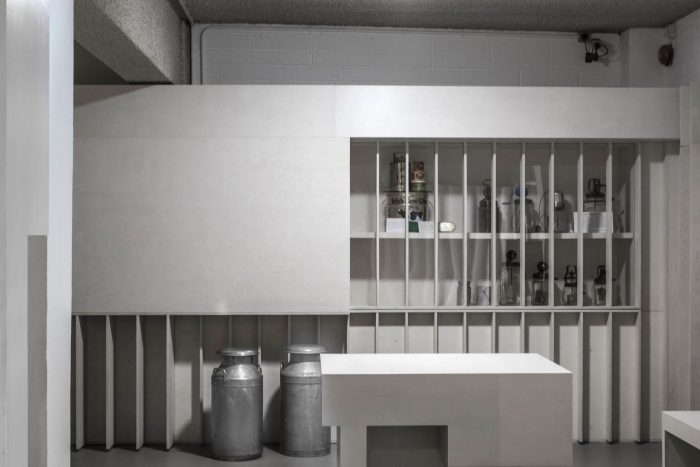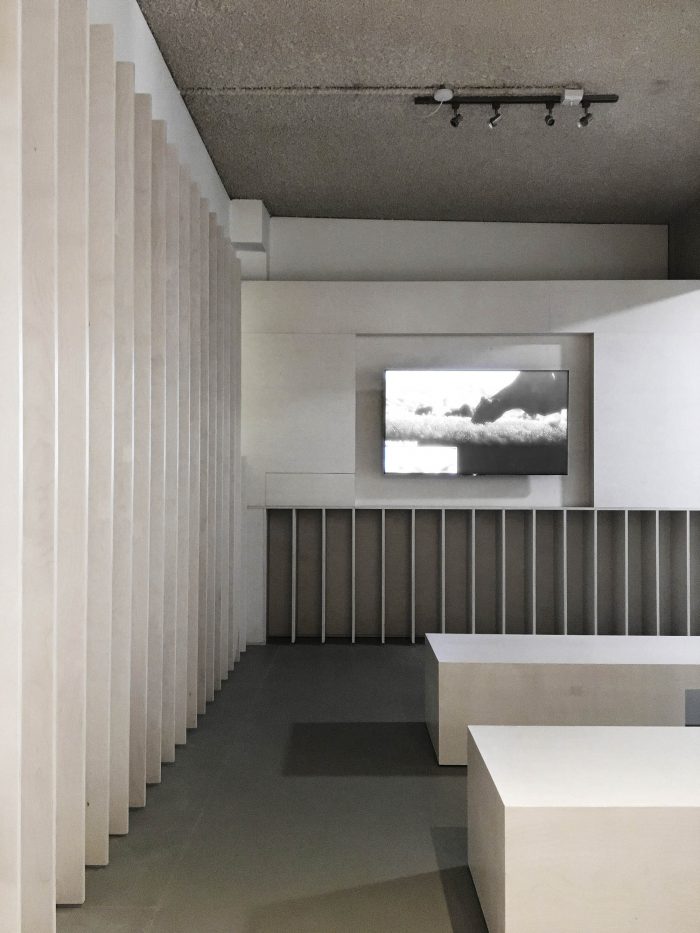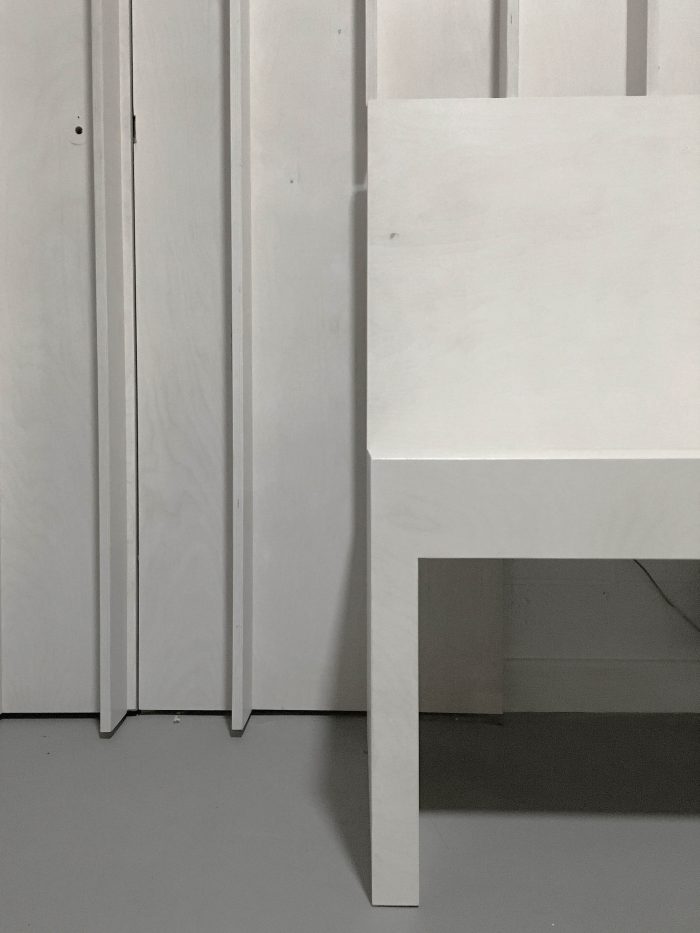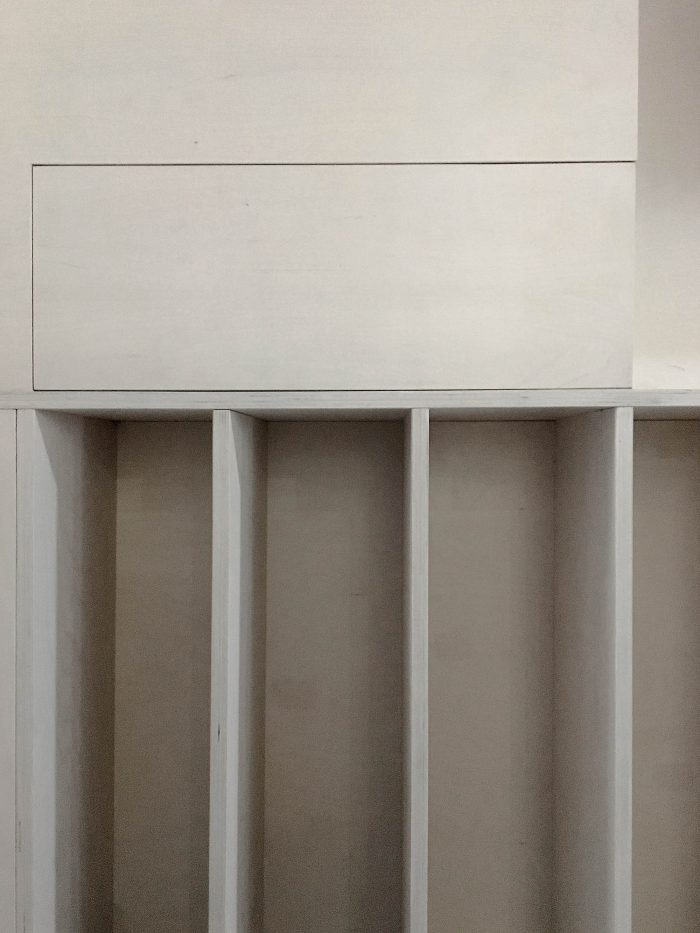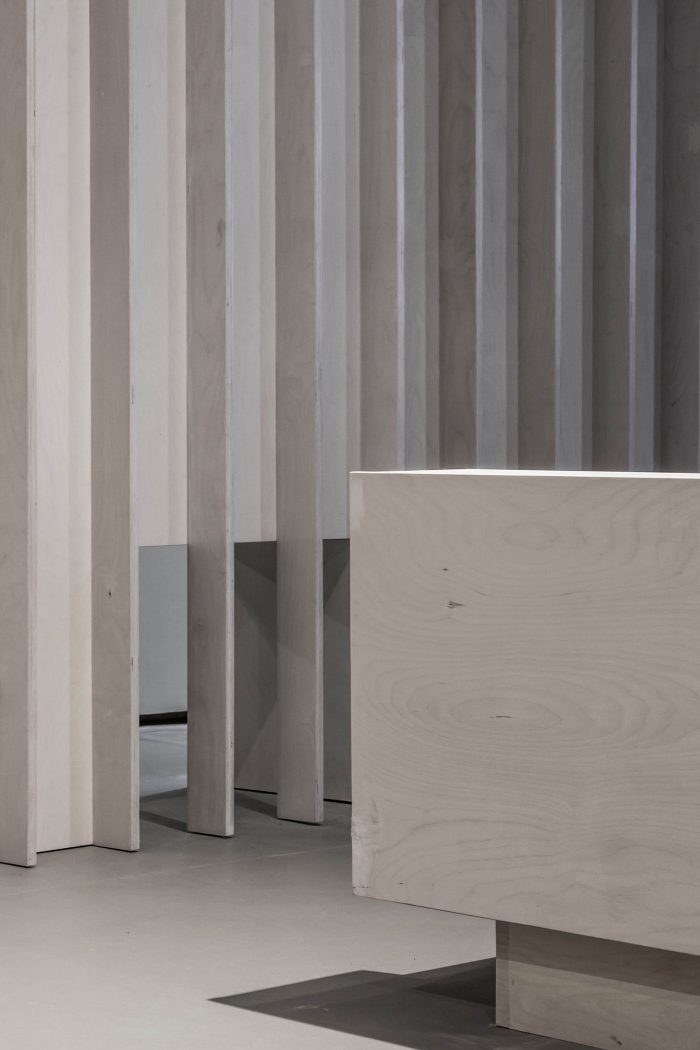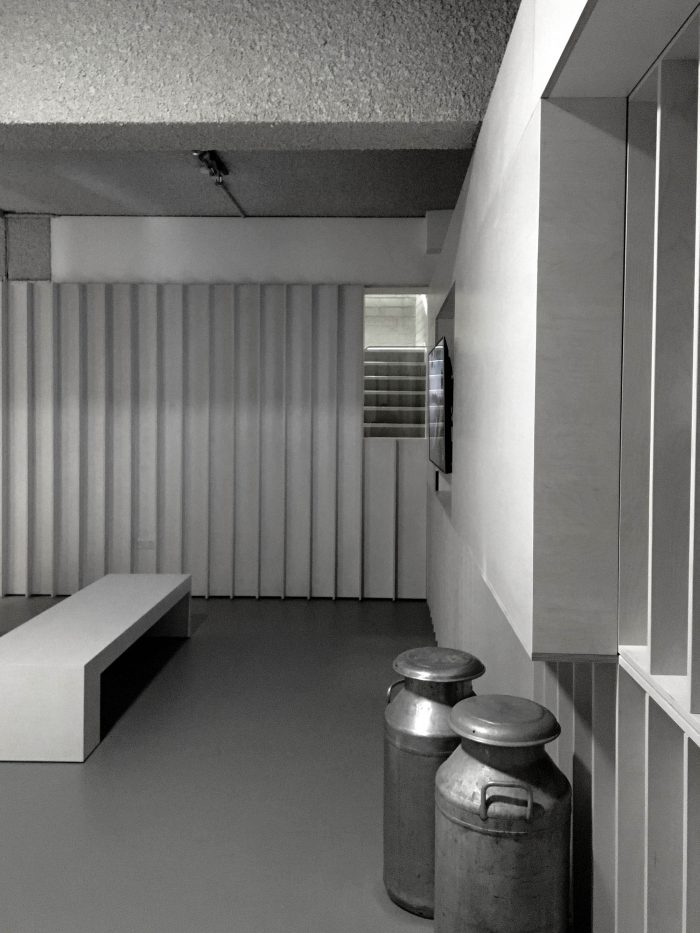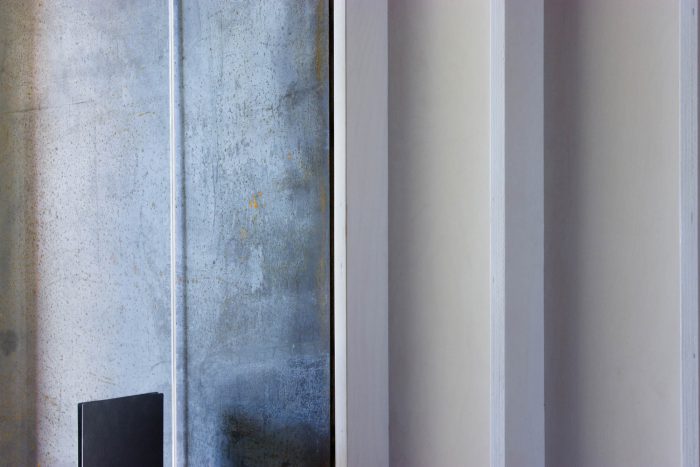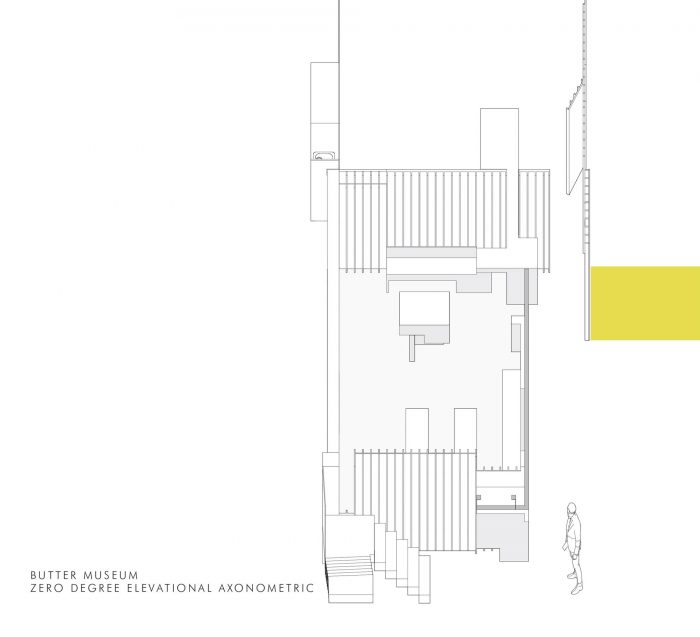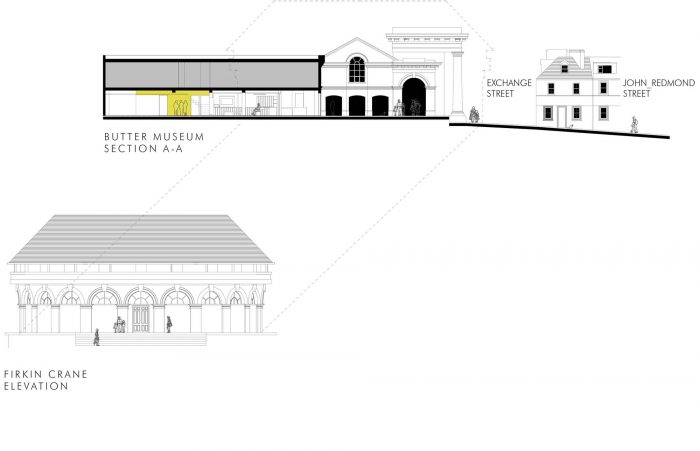这些作品考虑了黄油博物馆中的文物收藏和空间。它们使一个独特的历史性城市领域重新焕发生机,提高了人们对爱尔兰黄油制造的社会文化角色的认识。该设计侵蚀了现有的边界,改变了空间限制–鼓励物品和观众之间新的并置和解读。
These works consider the collection of artifacts and spaces in the Butter Museum. Reanimating a distinct historic urban field, they heighten the awareness of the socio-cultural roles of butter making in Ireland. The design erodes existing boundaries and alters spatial limits – encouraging new juxtapositions and readings between objects and viewers.
黄油博物馆是科克市香登一个独特的城市安排的一部分。它靠近圣安妮教堂(1722年),是科克黄油交易所原址的一部分–建于1770年,1849年约翰-本森爵士对其进行了扩建,建成了一个带有成对多立克柱的纪念性入口门廊。在街道上,它被本森设计的Firkin Crane(1855年)的独特圆形大厅所包围。在此背景下,设计演变为一种[重新]工作和策展策略–试图重新评估博物馆收藏的文化和社会历史性。通过一系列新的空间 “狭缝 “和安装类似柜子的元素来连接不同的展览区域,从而实现这一目标。通过这些方式,它允许在空间之间进行独特的空间 “滑动”–产生一个持续的表演空间。
The Butter Museum is part of a distinctive urban arrangement in Shandon, Cork. It is close to St. Anne’s Church (1722) and is part of the original site of the Cork Butter Exchange — built in 1770 and added to by Sir John Benson in 1849 in the form of a monumental entrance portico with paired Doric columns. At street level, it is framed by the distinctive rotunda of the Benson-designed Firkin Crane (1855). Within this context, the design evolved as a [re]working and curatorial strategy -attempting to re-appraise the cultural and social historicities that are held in the Museum’s collection. This was achieved by connecting different exhibit areas through a series of new spatial ‘slits’ and the installation of cabinet-like elements that mediate the artifacts. In these ways, it allowed for distinct spatial ‘slippages’ between spaces – producing a space of ongoing performance.
黄油博物馆重新设计的方案限制是为了使它能在传统意义上的文物展示中发挥作用。在 “平面 “和 “深度 “之间工作,我们采用了一种战术性的设计方法和双重定位。一方面,它涉及到新的关键服务设施的设置:入口处的问候空间,数字放映空间,现场演示区,以及一个可以清洗玻璃黄油制作工具的工作厨房。
The programmatic limits for the re-design of the Butter Museum were established so that it would act in the traditional sense of artifact display. Working between ‘flatness’ and ‘depth’, we adopted a tactical design approach and dual position. On one hand, it involved the installation of new critical services: a greeting space at the entry, a digital screening space, a live-demonstration area, and a working kitchen where glass butter-making instruments could be cleaned.
这涉及到对现有墙体和边界的微妙侵蚀,并安装了一些类似橱柜的元素–巧妙的细节让人联想到粉刷的家庭和农业环境。另一方面,它也是一个表演空间–在这里,传统的黄油制作现场演示可以与游客和学校的孩子们一起进行,舞蹈或民歌等公共活动也可以在这里进行。
This involved the subtle eroding of existing walls and boundaries and installing a number of cabinet-like elements — subtly detailed to evoke whitewashed domestic and agricultural settings. On the other, it was intended as a space of performance — where live traditional butter-making demonstrations could occur with groups of visitors and school children and where public events like dance or folk-singing could take place.
未经处理的轻钢墙体作为界面点,无缝的新回收橡胶地板表面将一系列新的柜状元素与白色洗桦木胶合板皮连接起来–加厚的墙屏、长凳、桌子和屏风,并与现有的结构和文物进行了精心设计的交流。这些具象元素具有明显的戏剧感,并在身体和空间之间演绎出一种 “虚虚实实 “的关系,改变了观众与馆藏文物和物品的关系。
Untreated mild steel walls line interface points and a seamless new recycled rubber floor surface connects the series of new cabinet-like elements with white¬washed birch plywood skins — a thickened wall screen, benches, tables, and screens, and enact a choreographed exchange with the existing structure and artifacts. These figural elements have a pronounced sense of theatricality and enact a pas-de-deux between body and space that shifts the viewer’s relationship to the artifacts and objects in the collection.
由于其中一些作品的运动流动性,它们创造了不同的空间安排,强调了空间的偶然性。它们表现出一种持续的供应性和压缩的材料范围,不断地增强空间,并产生不同的环境质量和气氛状态–让人想起与黄油生产相关的原始美学和材料设置。通过这些方式,整个空间变得高度感官化;在这里,不同的表演序列产生了新的交易–在主体/客体、身体/空间/大气层之间,以及城市空间和历史之间。
Because of the mobility of movement in a number of them, they create different spatial arrangements and emphasise the contingencies of the space. Manifesting a type of ongoing provisionality and compressed material range, they continually augment the space and generate different environmental qualities and atmospherical states – recalling the raw aesthetic and material settings associated with the production of butter. In these ways, the overall space becomes highly sensorial; where distinct performative sequences produce new transactions – between subject/object, body/space/atmosphere, and between urban space and history.
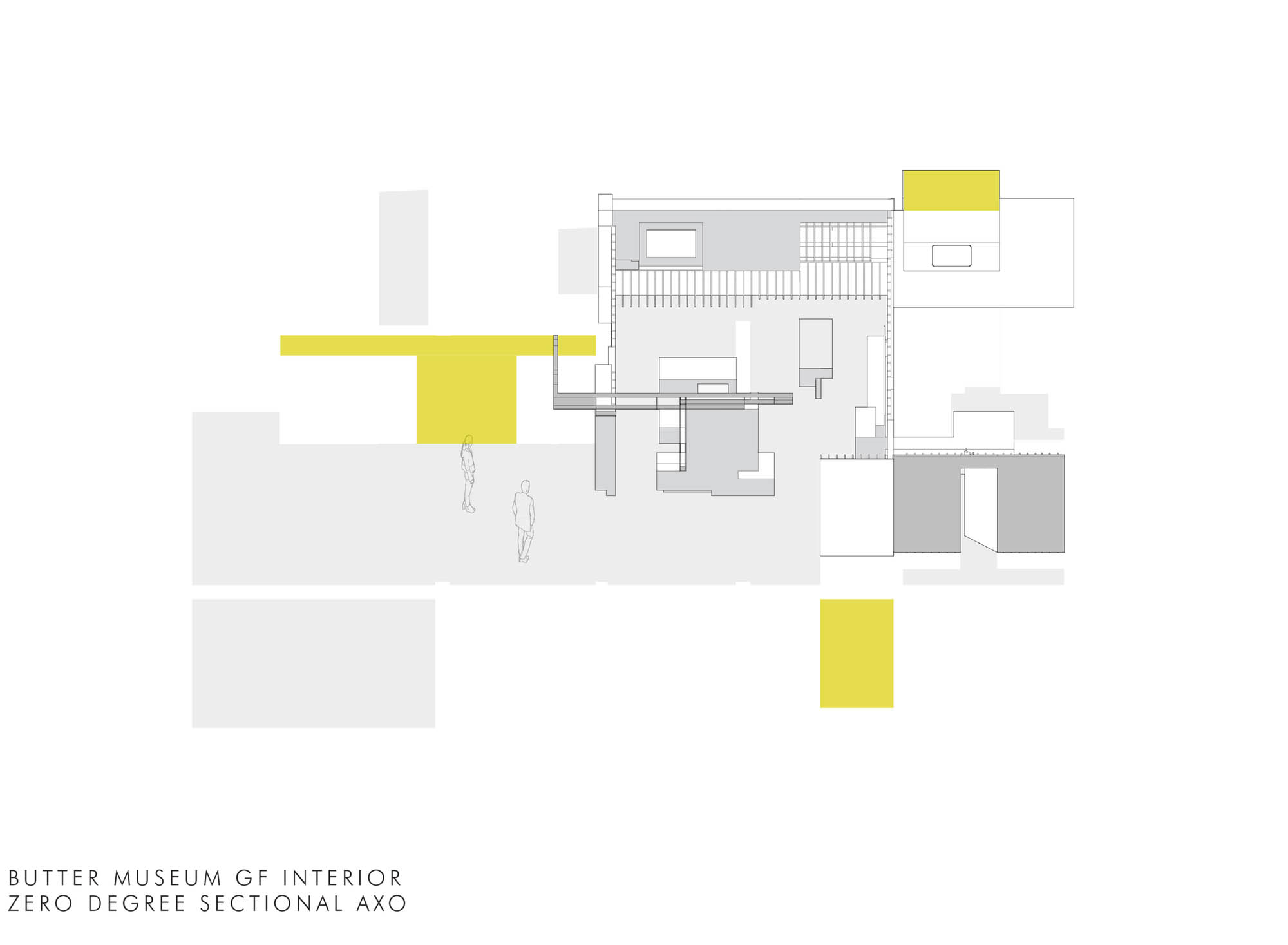
建筑师:Datum Architectural Studio, Stephen Foley Architects
占地面积:187 m²
年份:2019年
摄影:Jack Lehane
首席建筑师:Jason O’Shaughnessy、Stephen Foley、Viktor Gekker
加盟:Modet Furniture
主承包商:Engage Construction
城市:Cork
国家:爱尔兰
Architects:Datum Architectural Studio, Stephen Foley Architects
Area: 187 m²
Year: 2019
Photographs: Jack Lehane
Lead Architects:Jason O’Shaughnessy, Stephen Foley, Viktor Gekker
Joinery:Modet Furniture
Main Contractor:Engage Construction
City:Cork
Country:Ireland



